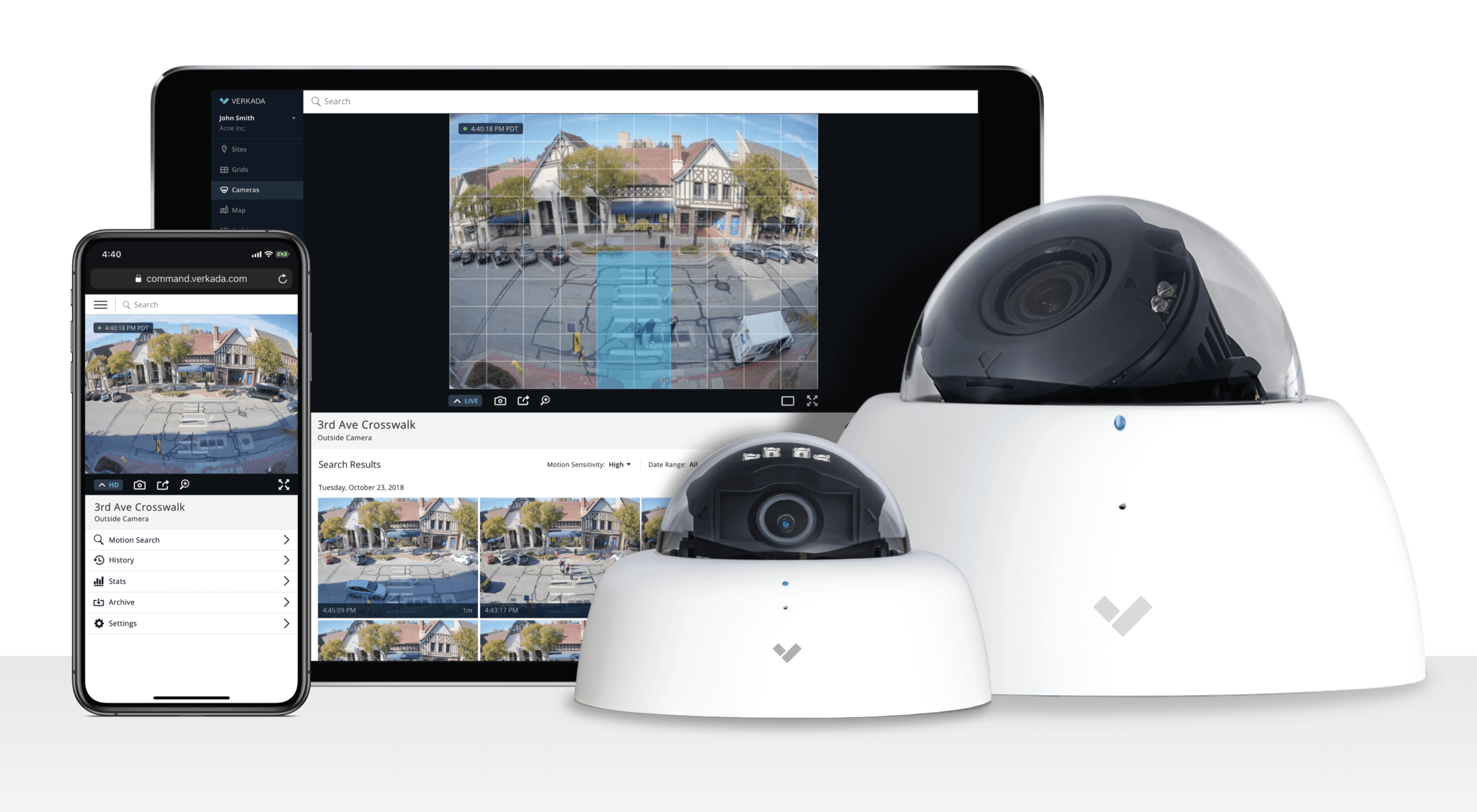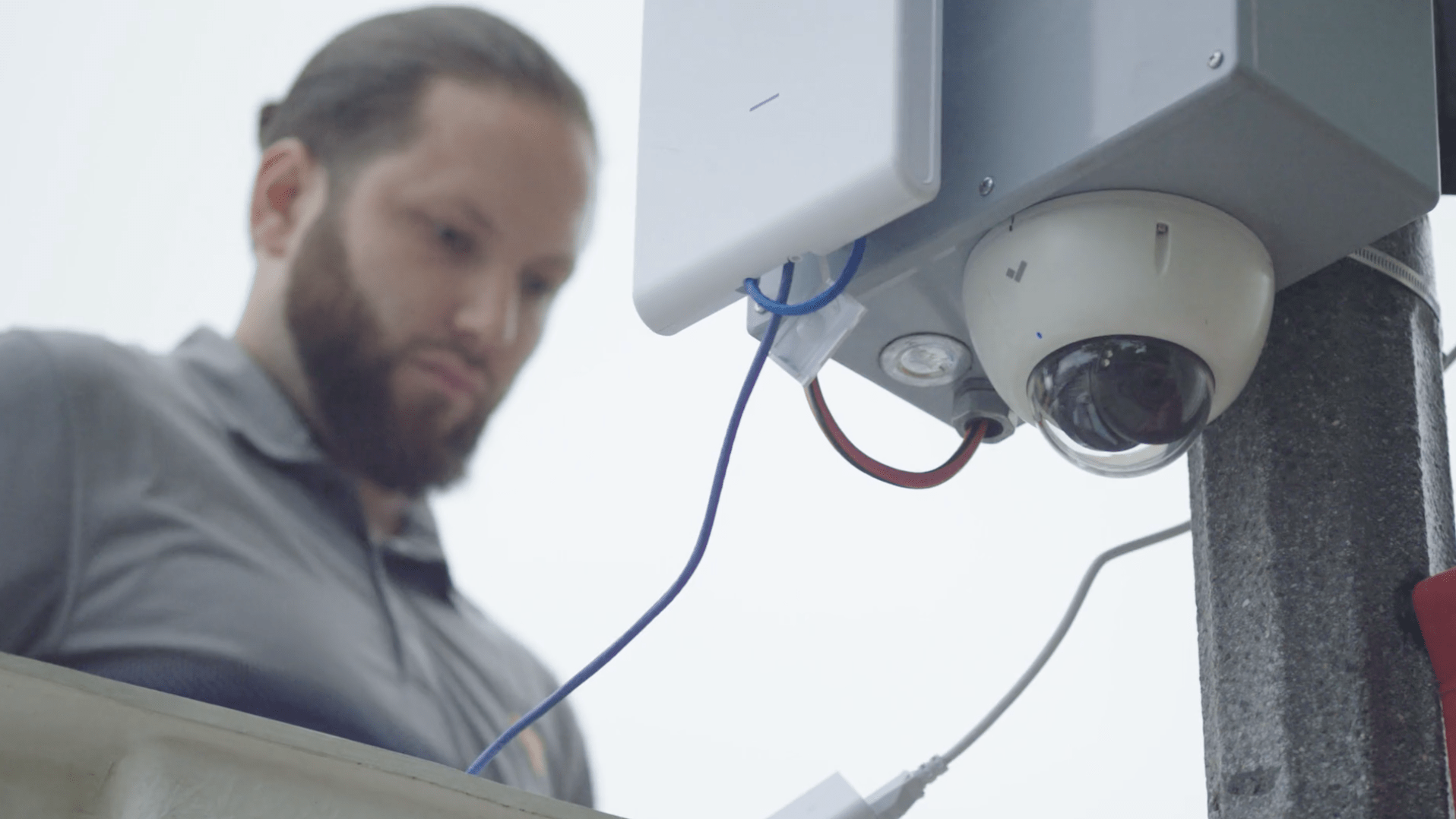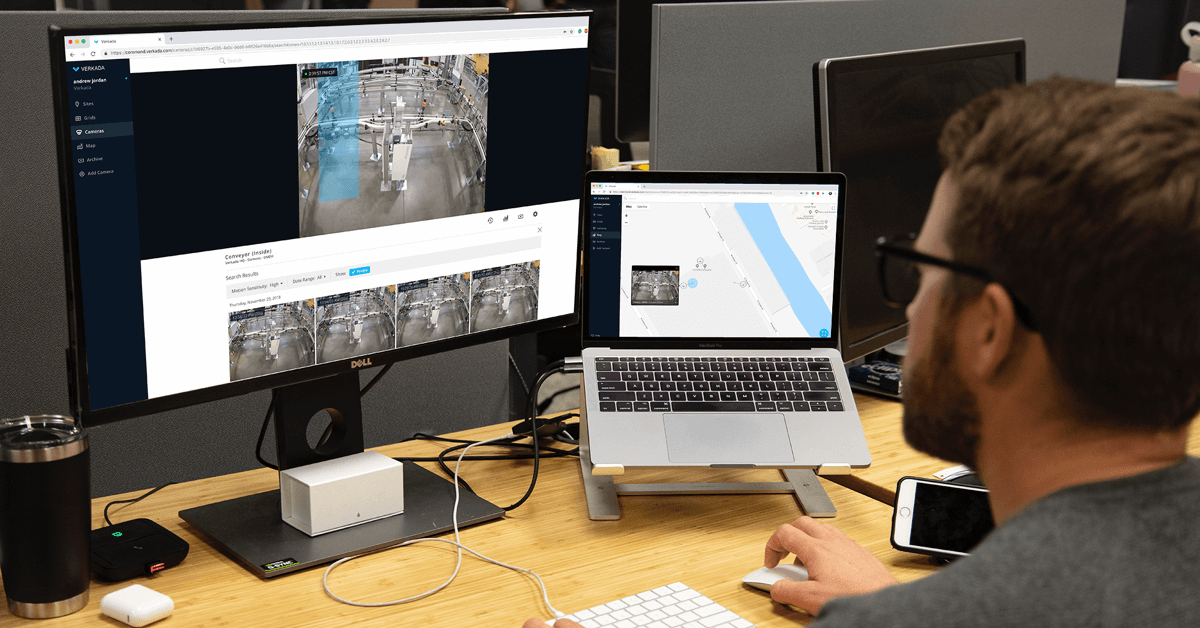In some cases, a new video security installation will begin with a request for proposal (RFP). This is especially true in the public sector. For many enterprises, crafting the RFP will be the first time they lay out the entirety of a project in a single, overarching document.
This endeavor should be conducted as a joint effort between IT, security, facility managers and other key personnel as the organization advances its plan to purchase a video surveillance system.
While the process of drafting an RFP is routine for those with experience, others struggle when it comes to properly preparing the document. The details and formatting standards can be confusing, particularly when the project is highly technical and it is the organization’s first time soliciting bids for video security.
Fortunately, it doesn’t have to be that difficult. While each proposal process is unique, adhering to the guidelines laid out below can help create an RFP that will be suited to any organization’s video security specifications.

Review Public Video Security RFPs
The best way to start out, especially for organizations crafting their first RFP, is by looking at some examples. Because public institutions (including many local governments and schools) are often required to create a formal proposal, there are many available to review.
The four listed below represent a few recent video security RFPs, which can be used as models
City of Cleveland Department of Public Safety – Cleveland, Ohio
Fountain Valley Police Department – Fountain Valley, California
As evidenced by these examples, a typical RFP is at least a dozen pages and larger projects can lead to significantly longer documents. But the objective is not to get the document to a certain length. Instead, aim for a complete breakdown of the project needs and expectations, formatted in clear manner.
This should be done by subdividing the document into separate categories. These sections won’t cover every single aspect of a surveillance installation, but each key section listed below should be incorporated into a final RFP.
Background
After creating a cover page with identifying information and a table of contents, the first main section of the document should describe the overall scope and vision of the project. This is necessary so that anyone responding to the RFP will have a full understanding of the current security environment.
Include details about all the different sites that will require video security and the nature of any pre-existing surveillance technology. Be specific, listing the make and model of cameras and other equipment that are already in operation. If there is no established pre-existing structure, note that as well.
For the locations themselves, be sure to also lay out everything, including the address of each property and any distinguishing features. Network capabilities at the sites and any technology-related issues that might be relevant to an installation should also be communicated.
Overall, this an opportunity to identify all of the places that will need to be covered by the plan. Some elements will likely be adjusted in consultation with the selected provider, but try to include as much information as possible about the what and the where.
Objectives
While the first section is about logistics, this category should highlight the goals that need to be accomplished. Don’t focus on technological details or a specific number of cameras. But at the same time, don’t be overly vague.
Simply stating an objective, like “increasing security,” is not enough. Yes, thinking about the larger purpose is essential. But drilling down into distinct needs, such as “complete coverage of all entrances” or “parking lot monitoring,” is equally important.
Ultimately, the specifics of the project will be based upon these high-level objectives. So work closely with all the stakeholders in operations, IT and each facility to pinpoint the most pressing security goals.
In its RFP for an IP security camera solution last year, Wyoming’s Fremont County School District #1 outlined its aims succinctly while acknowledging that it would need further consultation with experts to determine the end result.
“The Fremont #1 School District is seeking to replace a collection of old, standalone, disparate, proprietary security camera systems with a single, unified, modern system,” stated its RFP. “The total number of cameras needed is not set. The district is looking for a reasonable recommendation and discussion between a qualified vendor and the district.”

System Requirements
This section should provide the most detail. Primarily, it will stipulate what technology specifications are necessary.
As video surveillance technology has evolved in recent years, the cloud has become an increasingly important factor in selecting a security camera system. So along with other specs, indicate any preference the organization has for using a modern, cloud-based system or a traditional setup that requires a central network video recorder (NVR) or digital video recorder (DVR). Many vendors have already moved to the cloud and some organizations are highlighting their desire to go that way as well.
“Preference will be given to ‘cloud-based’ camera systems that do not require the presence or management of any onsite hardware (other than cameras), the installation and maintenance of onsite software and/or proprietary software to manage cameras, or the configurations of firewall exceptions to allow offsite access,” stated Fremont County School District #1 in its RFP.
After addressing the core makeup of the system, highlight the other necessary specs. Are capabilities like motion detection and night vision appropriate? What level of remote access is expected? Are there minimum retention times for footage? What resolution and frame-per-second rates are required? What security protocols must be imposed?
As these determinations are made, be sure to evaluate how the new system will align with pre-existing infrastructure. This was a crucial factor for the City of Cleveland Department of Public Safety in its 2016 plan to expand video surveillance. “All video surveillance extension equipment must be capable of being integrated into the existing video management system (NICEVision),” stated the document, crafted by the city’s department of public safety.
Scalability is another key consideration. Vendor experts can offer recommendations for how many cameras each location needs. But organizations should also include an estimate, and note any expansion plans that will require the installation of additional devices. Will that number increase over time as the organization expands? All of that is information that should be considered and detailed in this section.
Beyond the technology and size of the project, this part of the RFP is also an opportunity to address longer-term system administration, support, maintenance and any special circumstances that could pose challenges for the installation. A final aspect to include here is the level of cybersecurity that will be mandated across the network and how it will be managed.
Sample Questions
As explained above, the aim of an RFP is to provide a general overview of the project along with enough specifics for suppliers to understand what is needed.
In addition to the other aspects, consider asking the following technology-focused questions of potential vendors as part of the process:
Does the system allow cloud services be utilized for archiving purposes?
Does the system require the installation of a server, port forwarding or open firewall ports to enable remote access or storage?
Is footage downloadable in MP4 or other standard formats?
What bandwidth does the system utilize?
Does the system provide manageable user accounts?
Does the system provide analytics (including usage and up-time data)?
Is there an automatic footage upload if the camera is moved, hit with an object or the image is blurred?
Does the system provide additional tamper resistant protections?
Does the system automatically provide notifications if it goes offline?
Does the system possess a self-contained power supply backup?
Does the system require setting up a VPN connection?
Does the system utilize any unencrypted protocols (e.g., RTSP streams) or make any unencrypted connections?
Does the system support two-factor authentication (2FA)?
This list is merely a small selection of some of the relevant factors to take into account. Additional questions and considerations can be found in Verkada’s Security Vendor Evaluation Checklist.
Budgeting and Pricing
Cost should never be the only determinant, but the final price tag will obviously be one of the biggest differentiators between the bids an organization receives. After laying out the entirety of the project—from background and objectives, to system requirements and detailed questions—providing potential video security vendors with some guidance on how to formulate their proposal can also be beneficial for both parties.
This likely won’t be the first time these vendors will be responding to an RFP. But it can help to request that all solicitations be broken down into categories such as hardware, software, installation, maintenance, training and other expected costs.
Be sure to also consider the timeline of the installation and any future services that will be delivered. This will ultimately depend upon how the project’s budget is structured. But ask for cost expectations in subsequent years if the vendor will provide ongoing operations, maintenance and training services, or if the installation will conducted in phases.
And because deadlines are important to the enterprise, make that clear to the vendor as well. Ask that all bids include projected dates by which each task will be completed (in terms of days, weeks or months) after the contract begins.
Selection Process
Most vendors that submit a proposal will understand that they are just one of several companies in the running. Nevertheless, the RFP should outline how the selection process will be conducted, including a forecasted timeline if one has been established.
This doesn’t need to be overly specific. But it should provide something in the way of expectations. If nothing else, this should be included for legal reasons.
In its 2016 surveillance system RFP, the Fountain Valley Police Department in California crafted a clear, concise statement that provided all the necessary information.
“The Fountain Valley Police Department Selection Committee will review all proposals received by the submittal deadline and will then narrow the number of acceptable vendors down to a short list of semi-finalists based upon the best overall fit and compliance to the RFP requirements,” stated the department. “Using subsequent interviews, demonstrations, reference checks and site visits, the city will select a vendor.”

Definition of Terms and Conditions
One final thing to consider is adding a section that defines the terminology used throughout the RFP. This provision is helpful to ensure that everyone is on the same page.
Add a few sentences of context to what is meant by terms like “Consideration of Proposals,” “Contract Award Process” and “Supplemental Agreements.” This language should be crafted with the assistance of legal counsel, and other potential elements to include can be found in some of the example RFPs included above.
It may also be useful to explicitly list any “Mandatory Requirements,” for the bidders to meet. This should also be done alongside an attorney knowledgeable about state and local laws such as permitting, insurance and compliance.
In its proposal, Jefferson City Schools, for example, listed the the following requirements: the “contractor must be licensed to perform all elements of this contract in the state of Georgia,” and the “contractor must not currently be suspended or debarred from any governmental contract or have been so within the past five years.”
Crafting a Comprehensive Video Security RFP
In most cases, the more comprehensive the RFP, the better outcome in terms of final video security installation. There are many critical considerations any enterprise must make before selecting a vendor, and the best practice is to address as many of these upfront as possible.
Trying to include literally every component of a video security system in an RFP, however, is not only impossible, but counterproductive. The broad goal is to communicate both the big-picture needs and the absolute must-have details. As the right partnership moves forward, additional issues will come up and certain specifications will be altered during the consultation phase. In other cases, organizations will receive bids from vendors that can offer advanced and proprietary technology that they didn’t even know was available.
So the best bet is to be as thorough as possible, without spending an entire year putting together the proposal. After all, any reputable, modern vendor will come to the table with ideas of their own on exactly how an organization can be best served.
With an RFP that follows the basic outline described here, any project can get off to a great start—putting the organization on track to find a solution that serves it well, both now and long into the future.
—
To learn more about selecting the right vendor and solution, check out our latest eBook: How to Choose the Right Video Security System for Your Organization.



